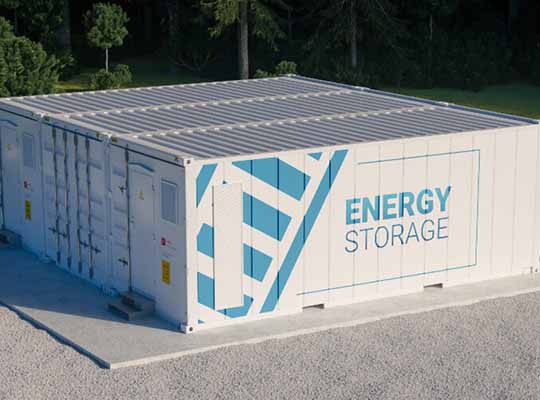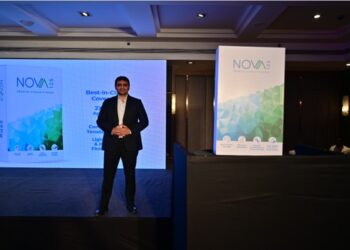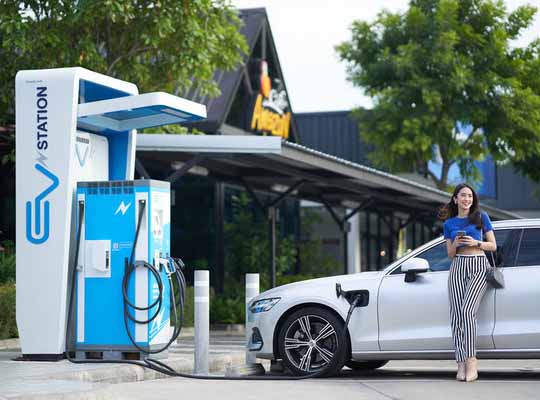LUND, Sweden – Long Duration Energy Storage (LDES) Council releases a major report on how energy storage technologies can enable net-zero power grids by 2040. The report, produced in collaboration with McKinsey & Company, details the application of LDES technologies, the flexibility requirements needed in future high-renewables power grids, and an analysis of the investment actions required.
To achieve decarbonization, significant effort must be made to reduce emissions across all sectors. The power sector, which accounts for roughly one-third of global carbon emissions, is central to global decarbonization. Long duration energy storage can cost-effectively store electricity from wind, solar and other renewable sources and then make it available when needed. (Lithium-ion batteries offer another solution but become too expensive for storage beyond eight hours.)
The report concludes that 85-140 TWh of long duration energy storage (>8 hours) can be deployed globally to enable power grids to become carbon net-zero. This will eliminate between 1.5 to 2.3 Gt of CO2 currently produced annually through allowing grid energy imbalances to be met by renewable sources opposed to fossil fuels, equivalent to 10-15 percent of total emissions in today’s power sector.
The report also indicates increasing momentum behind LDES deployment with around $3 billion invested in LDES technology companies in the last five years, and an expected 25-35 GW /1TWh of capacity to be deployed globally by 2025 with approximately $50 billion investment.
“We have seen lots of commitments and high ambition levels at COP26, though how we can achieve this is sometimes still unclear. The LDES Council’s report highlights, through a wide set of new data, how we can reach a carbon net-zero power grid and the need for immediate action,” says Thomas Møller, President of the Energy Division, Alfa Laval.
Did you know… The LDES Council, announced during COP26 in Glasgow, unites energy companies, technology providers, investors, and energy-users in a CEO-led initiative to cut carbon emissions through the deployment of long duration energy storage.













